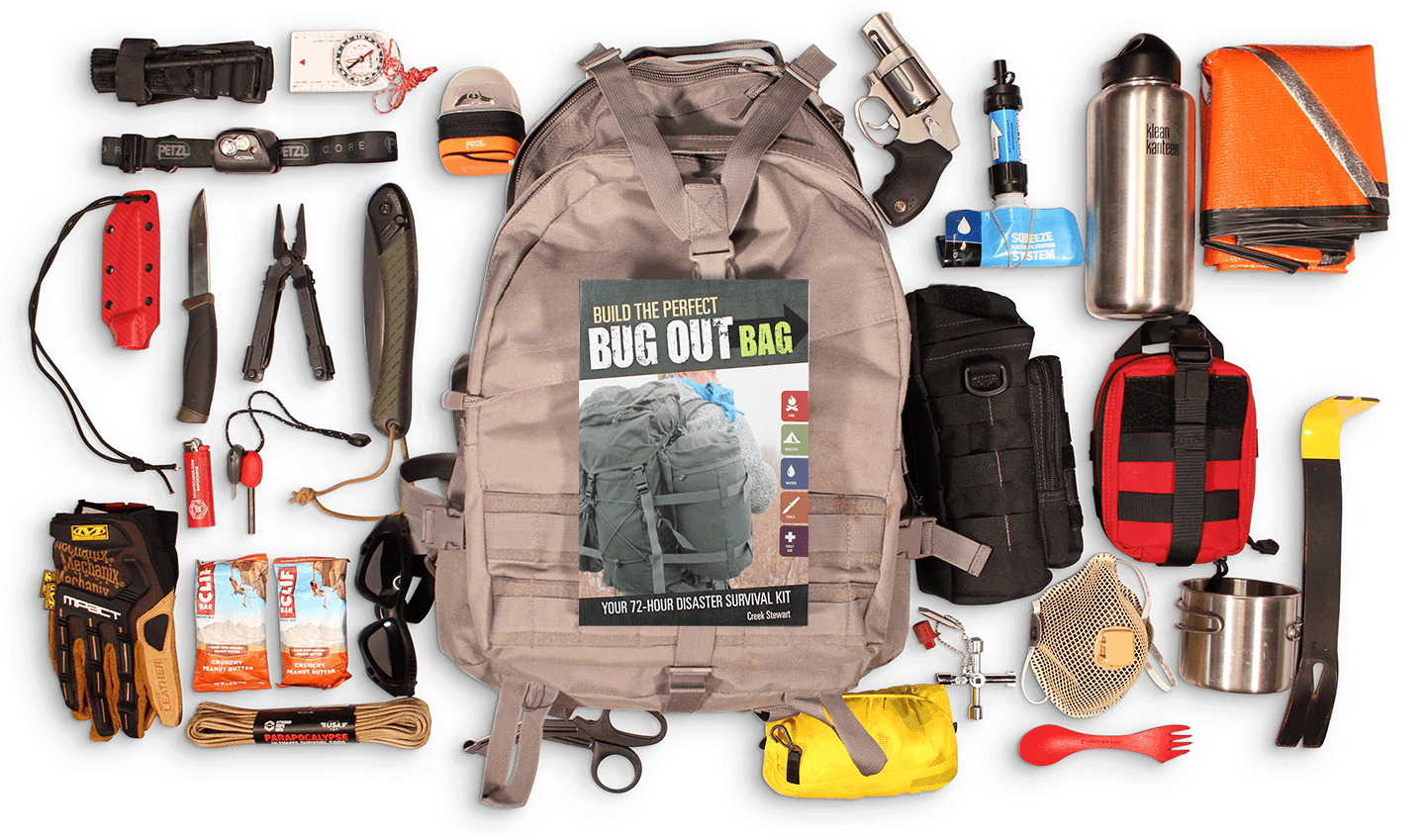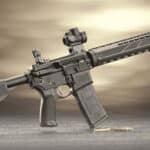The Ultimate Bugout Bag Checklist: 72 Hours of Disaster Preparedness

A bugout bag is a portable kit that contains everything you need to survive for 72 hours when you can’t rely on traditional means of support. This includes food, water, shelter, clothing, and first aid supplies. Think of it as an insurance policy to get you through a catastrophic event.
When disaster strikes, whether it’s a natural disaster like a hurricane or tornado, or man-made like a civil unrest or terrorist attack, you need to be prepared to evacuate at a moment’s notice. That’s where a bugout bag comes in.
Why do you need a Bugout Bag?
Most people never think about what they would do if they had to leave their home in a hurry. But if a natural disaster, fire, or other emergency strikes, you may have to evacuate quickly. That’s why it’s important to have a Bugout Bag packed and ready to go at all times.
So why do you need a Bugout Bag? Here are four reasons:
1. You May Have to Leave Home in a Hurry
If an emergency strikes, you may have to leave your home quickly. This could be due to a natural disaster, fire, or other emergency. Having a Bugout Bag packed and ready to go will help you evacuate quickly and safely.
2. You May Be stranded
If you’re stranded away from home, a Bugout Bag can help you survive until you’re rescued. It will provide you with the essential supplies you need to stay alive.
3. You May Be Without Power or Water
If a disaster strikes, power and water could be unavailable for days or even weeks. A Bugout Bag will help you stay hydrated and warm.
4. You May Need First Aid Supplies
If someone is injured, a Bugout Bag can help you provide basic first aid care. It should include items like bandages, antiseptic, and pain relievers.
The ultimate Bugout Bag checklist
While you can buy pre-made bugout bags, it’s generally better to put one together yourself so you know exactly what’s in it and that it meets your specific needs. Not sure where to start? Use this checklist to make sure your bugout bag has everything you need to get through a disaster.
Water: Water is one of the most essential elements for survival, so it’s important to have a plan for securing a clean water supply in your bugout bag. Depending on the situation, you may need to purify water from natural sources like rivers and lakes, or you may need to ration your own supplies. In either case, it’s important to have a water filter and purification tablets on hand, as well as a way to collect and store water.
Food: When it comes to food, you’ll want to pack non-perishable items that are high in calories and easy to eat on the go. Think granola bars, nuts, and dried fruit.
Shelter: When it comes to survival, one of the most important things you need is a shelter. If you find yourself in a situation where you need to bug out, having a shelter will be crucial. There are a few different options for shelters, so it’s important to plan ahead and decide what will work best for you.
Clothing: Clothing is one of the most important aspects of a bugout bag. You need to be able to protect yourself from the elements, as well as have enough clothing to last you for 72 hours. Here’s what you should include in your bag:
-A sturdy pair of shoes or boots
-A change of clothes
-A raincoat or poncho
-Hat and gloves
-Thermal underwear
-Socks and extra shoes
-Swimsuit (if you’ll be near water)
Remember, you’ll need to be able to carry all of this clothing with you, so pack light and choose items that can serve multiple purposes. For example, a pair of thermal underwear can also double as PJs.
First Aid Kit: A first aid kit is an absolute necessity for any bugout bag. You never know when you or someone in your group will need medical attention, so it’s important to be prepared. A basic first aid kit should include items like bandages, gauze, antiseptic wipes, pain relievers, and more.
Fire starter: A fire starter is an essential item in any bugout bag. You never know when you’ll need to start a fire for warmth, cooking, or signaling for help. Choose a fire starter that is easy to use and reliable, such as a lighter or matches. If you opt for matches, make sure to pack them in a waterproof container.
Multi-tool: A multi-tool is a must-have for any bugout bag. It’s a versatile tool that can be used for everything from fixing a broken zipper to opening a can of food. When choosing a multi-tool, look for one that has a variety of different functions, like a knife, pliers, and screwdriver.
Flashlight:A flashlight is an essential item for any bugout bag. Not only will it help you see in the dark, but it can also be used as a signal if you need to attract attention. Look for a flashlight that is bright and compact so that it doesn’t take up too much space in your bag. It should also have a long battery life in case you need to use it for an extended period of time.
Maps: No matter where you are when disaster strikes, it’s important to have a map of the area so you can navigate your way to safety. A bugout bag is the perfect place to store a folding map of the area. Be sure to mark any evacuation routes or safe havens on the map so you can find them quickly in an emergency.
GPS:A GPS can be an extremely helpful tool when bugging out, as it can help you navigate your way to safety even if you are unfamiliar with the area. Make sure your GPS is fully charged and up-to-date before packing it in your bugout bag.
Battery charger: A battery charger is an essential item for any bugout bag. When the power goes out, you’ll need a way to charge your phone and other devices. A battery charger will allow you to stay connected and keep your devices running. Look for a charger that is lightweight and portable, so you can easily take it with you when you evacuate.
Money: One of the most important things to consider when packing your bugout bag is money. You’ll need cash on hand to buy supplies, food, and shelter, so it’s important to have a good stash of bills and coins.
ID and documents:In a disaster situation, it’s important to have all of your critical documents and identification with you. That includes things like your driver’s license, passport, birth certificate, social security card, and insurance cards. You should also have cash on hand in case ATMs are down or credit cards aren’t being accepted. Keep these items in a waterproof and easily accessible place.
Medications: No matter what your health situation is, it’s important to have a supply of any medications you regularly take in your bugout bag. Make sure to pack enough for at least 72 hours, and consider packing extras in case you get separated from your bag or run into someone who needs help. If you have specific medical needs, like an inhaler for asthma, make sure to pack those as well. And don’t forget any over-the-counter medications you might need, like pain relievers or antacids.
Pet supplies: If you have a pet, don’t forget to pack food and water for them, as well as a leash or carrier.
Survival guide: A good survival guide can teach you everything from how to build a shelter to how to find food and water in the wild.
With this checklist in hand, you can be sure your bugout bag has everything you need to get through a disaster. Add, delete, or modify items as needed to create a custom kit that fits your specific needs. And remember, the most important thing is to have a plan and be prepared.

